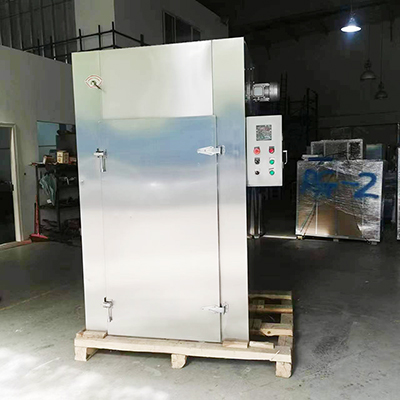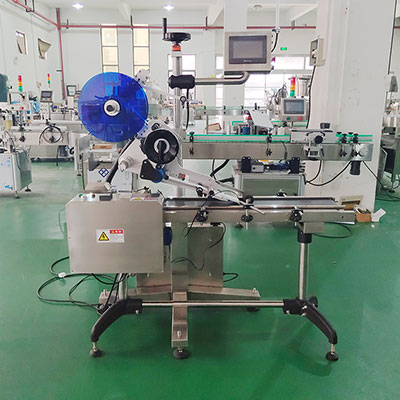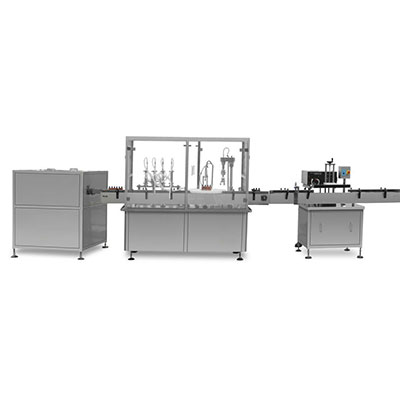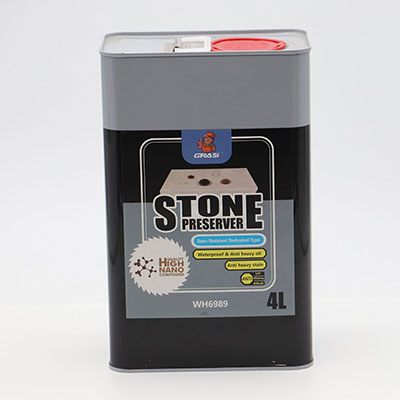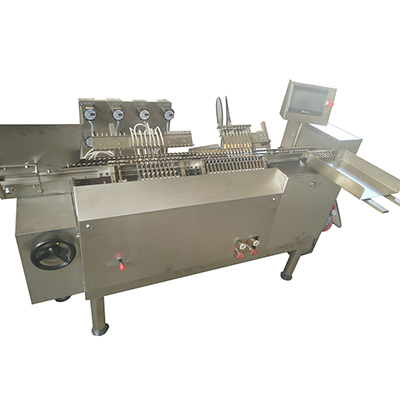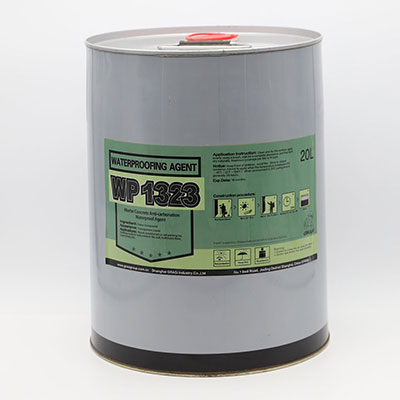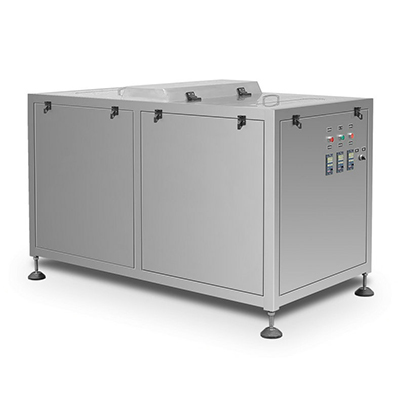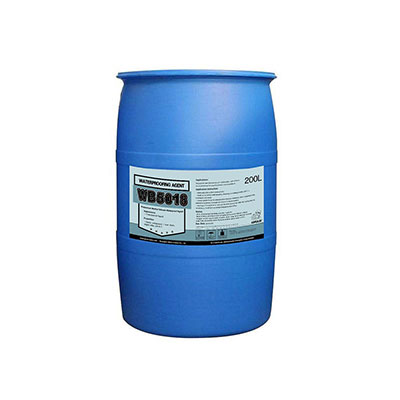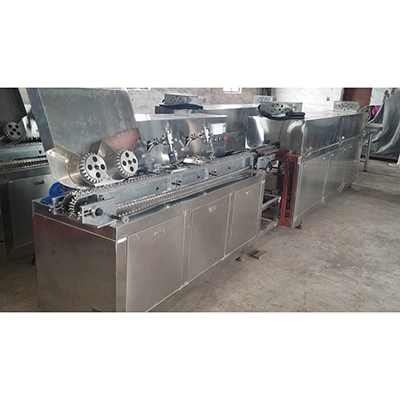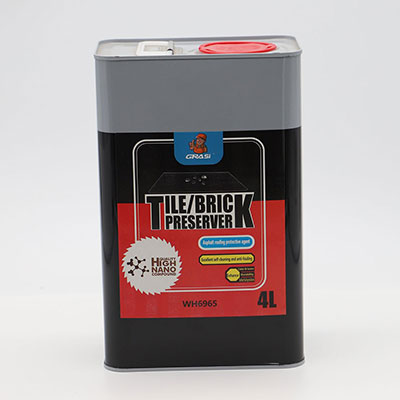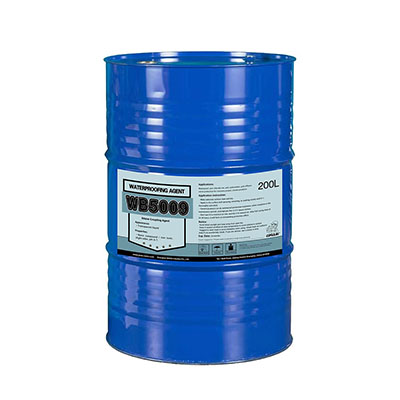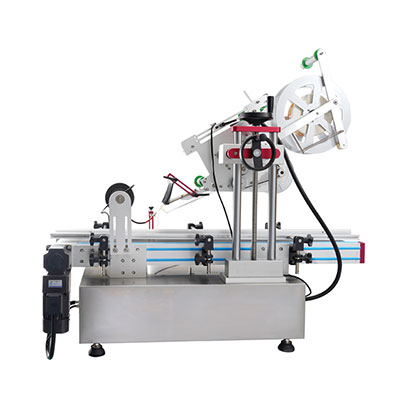Nickel Chromium Alloy for Electrical Resistance Heating
The nickel chromium alloy for electrical resistance heating has higher resistivity, great resistance to surface oxidation and excellent strength at high temperature as well as superior processability and weldability. For long time use, this nickel chromium alloy is hard to deform and has small elongation. In addition, it features high radiant emittance, strong corrosion resistance, nonmagnetic property and long service life.
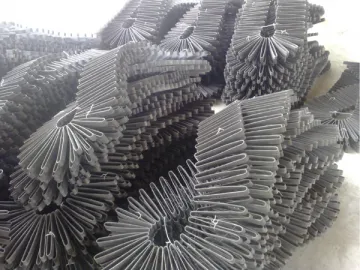
In the family of this high resistance material, the Cr20Ni80 alloy boasts more superior comprehensive properties. It is the preferred alloy for high quality electrical heating element and widely used in metallurgy, household appliances and machinery manufacturing industry for heating elements and in electric appliance industry for resistance materials.
Since made from rare nickels, the nickel chromium alloy for electrical resistance heating comes with higher price than iron-chromium-aluminum alloy but lower service temperatures.
Technical Parameters of Electrical Resistance Nickel Alloy| Model | Ni80Cr20 | Ni70Cr30 | Ni60Cr15 | Ni35Cr20 | Ni30Cr20 | |
| Properties | ||||||
| Main chemical composition (%) | Ni | — | — | 55.0~61.0 | 34.0~37.0 | 30.0~34.0 |
| Cr | 20.0~23.0 | 28.0~31.0 | 15.0~18.0 | 18.0~21.0 | 18.0~21.0 | |
| Fe | ≤1.0 | ≤1.0 | — | — | — | |
| Maximum service temperature (℃) | 1200 | 1250 | 1150 | 1100 | 1100 | |
| Average melting point (℃) | 1400 | 1380 | 1390 | 1390 | 1390 | |
| Density (g/cm3) | 8.40 | 8.10 | 8.20 | 7.90 | 7.90 | |
| Resistivity (μΩ.m,20 ℃) | 1.09 | 1.18 | 1.12 | 1.0 | 1.04 | |
| Elongation (%) | ≥20 | ≥20 | ≥20 | ≥20 | ≥20 | |
| Specific heat (J/g. ℃) | 0.440 | 0.461 | 0.494 | 0.500 | 0.500 | |
| Heat conductivity coefficient (KJ/m.h.℃) | 60.3 | 45.2 | 45.2 | 43.8 | 43.8 | |
| Linear expansion coefficient (α×10-6/℃) | 18.0 | 17.0 | 17.0 | 19.0 | 19.0 | |
| Microscopic structure | Austenitic | Austenitic | Austenitic | Austenitic | Austenitic | |
| Magnetism | Non | Non | Non | Non | Non | |
Links:https://globefindpro.com/products/43885.html
-
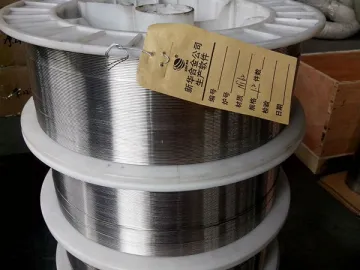 904L Nickel Alloy
904L Nickel Alloy
-
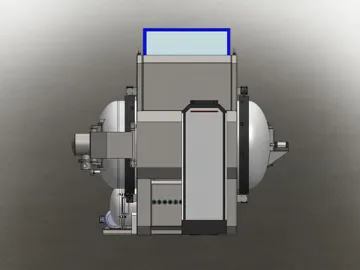 High Temperature Graphite Furnace
High Temperature Graphite Furnace
-
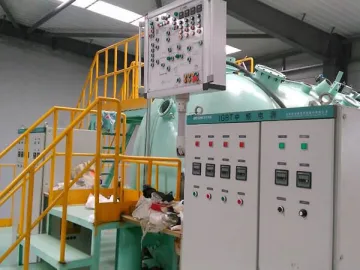 Vacuum Gas Atomization Powder Manufacturing Equipment
Vacuum Gas Atomization Powder Manufacturing Equipment
-
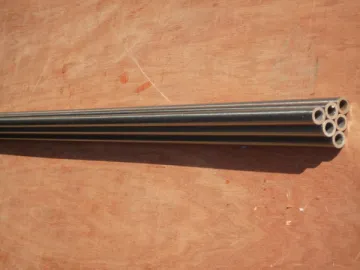 Incoloy A-286 Nickel Alloy
Incoloy A-286 Nickel Alloy
-
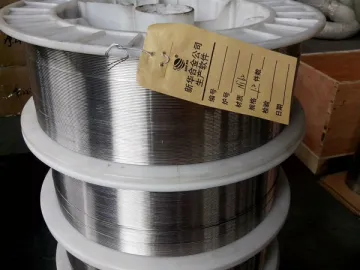 Monel K-500 Nickel Alloy
Monel K-500 Nickel Alloy
-
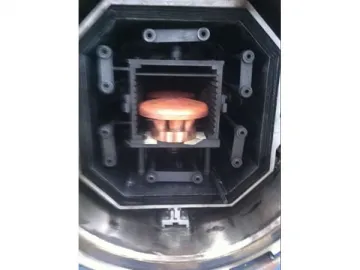 Vacuum Sintering Furnace
Vacuum Sintering Furnace
-
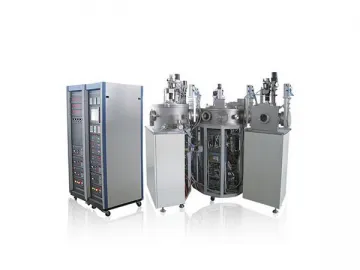 Chemical Vapor Deposition Furnace
Chemical Vapor Deposition Furnace
-
 Water Atomization Powder Manufacturing Equipment
Water Atomization Powder Manufacturing Equipment
-
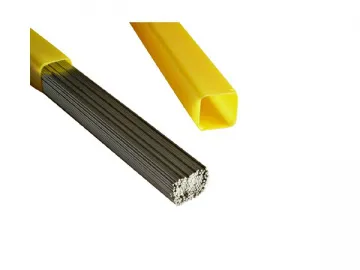 ERNiCu-7 Nickel Alloy Welding Wire
ERNiCu-7 Nickel Alloy Welding Wire
-
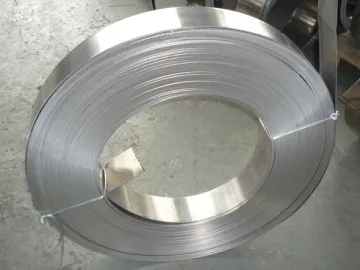 EQNiCr-3 Nickel Alloy Welding Strip
EQNiCr-3 Nickel Alloy Welding Strip
-
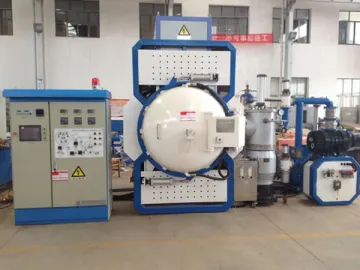 Integrated Vacuum Degreasing and Sintering Furnace
Integrated Vacuum Degreasing and Sintering Furnace
-
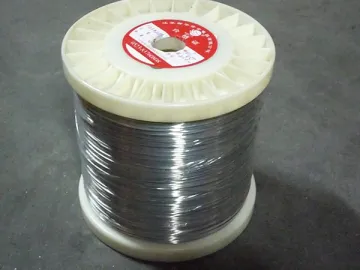 Inconel 625 Nickel Alloy
Inconel 625 Nickel Alloy
